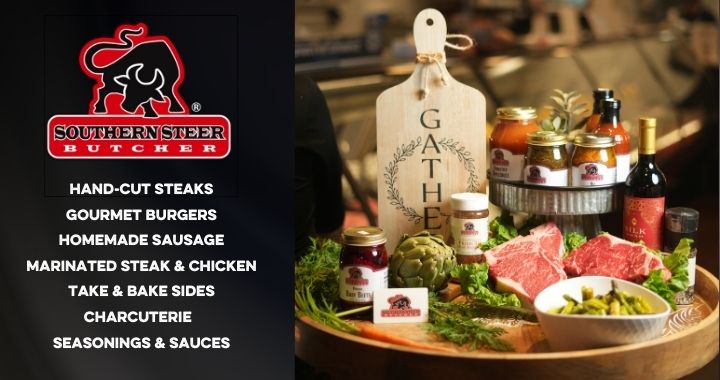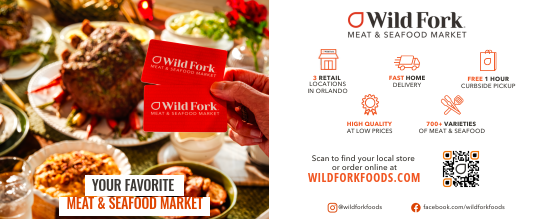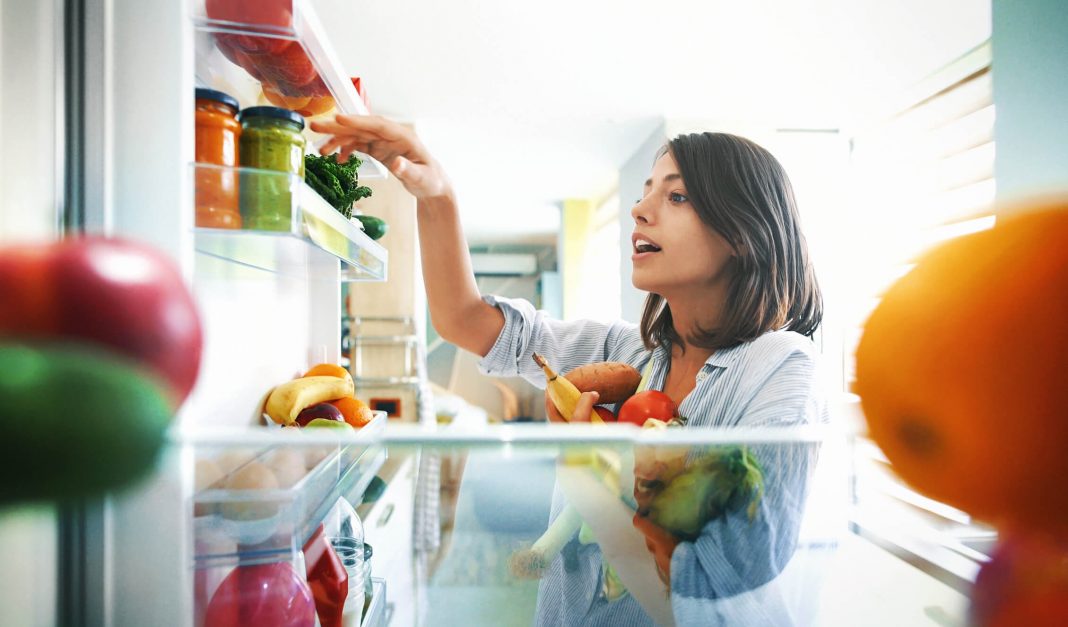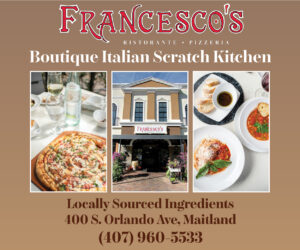Preserving foods enables you to create delicious, flavorful, and nutritious food at home that can be enjoyed year-round. More importantly proper food preservation allows for fewer trips to the grocery store, therefore saving time, reducing food waste, and less time spent in public places during the COVID-19 pandemic, said Joell Eifert and Melissa Chase, food safety experts with Virginia Cooperative Extension.
“If you experience challenges with finding canned and frozen foods at the grocery store, you may find an abundance of fresh produce available. Safely preserving these foods at home can provide a sense of personal satisfaction with a readily available supply of food for you and your family,” said Melissa Chase, the consumer food safety program manager for Virginia Cooperative Extension and the state coordinator for the Master Food Volunteer Program.
To preserve foods now, freezing food is a preferred method since it eliminates the need to purchasing additional equipment and utensils that are required for canning. Freezing also extends the shelf life of a product with little to no change in nutritional content.
Virginia Cooperative Extension and the National Center for Home Food Preservation have instructions for safe and up-to-date home food preservation methods.
To safely freeze fresh fruits and vegetables, it is important to:
- Select proper food packaging, such as rigid containers or flexible bags or wraps.
- Select food for freezing. Choose young, tender vegetables or well-ripened fruits for freezing.
- Blanch all vegetables (minus peppers and onions), but do not blanch fruits, prior to freezing.
- Properly prepare fruit for freezing.
- Properly store food for freezing.
Additionally, there are other foods that are suitable for freezing:
- Raw meats, such as poultry, beef, and pork.
- Breads (such as baked breads, rolls).
Although the list is long for foods that freeze well, not all foods are well-suited for this method of food preservation. Some of these include fresh lettuce, salad greens, tomatoes, onions, and some spices. The National Center for Home Food Preservation has a more detailed list of foods that are suitable and not suitable for freezing.
Getting the most shelf life out of your food is important given that most are likely making fewer grocery trips. Some simple steps can be taken to increase the longevity of some of your refrigerated foods. For instance:
- Know the temperature that your refrigerator runs. It is important to keep refrigerated food at or below 41°F to keep your food safe and of high quality, with freezers at 0°F or lower. The higher the temperature of a refrigerator or freezer, the shorter the shelf life of perishable items like milk will be. Not all refrigerators run at the recommended temperature and purchasing an inexpensive thermometer for your refrigerator can provide information to accurately set the thermostat.
- Know that your refrigerator temperature is not consistent throughout. In general, refrigerators are coolest toward the back and warmer towards the front, especially on the door shelves. Keeping milk on a door shelf may lead to a short shelf life and by moving milk toward the back of the refrigerator, shelf life can be extended by two to three days. As a rule of thumb, milk and eggs should never be kept on a door shelf.
- Keep berries from being damp. Once berries become damp, they will spoil more quickly. Wash berries just prior to eating.
- Fresh herbs should be kept like fresh cut flowers – stems in the water and refrigerated.
- Certain produce like uncut onions and potatoes will do better unrefrigerated.
- Bread should not be stored in the refrigerator. This causes it to stale faster. Bread should be kept at room temperature or frozen for a longer shelf life.
“Food preservation and cooking is a great family activity that can be done together at home that utilizes both science and math skills – and you can end up with some great things to eat,” Eifert said, director of the Food Innovations Program in the Virginia Tech Department of Food Science and Technology and Extension specialist in the College of Agriculture and Life Sciences.
Updates from Southeast Steel Appliance Warehouse
Refrigeration and freezers have been in HUGE demand. In particular freezers, they get some in weekly, and they sell them out in a couple of days.
- A refrigerator that can be simple and affordable is a great addition to expand your food storage in your garage too.
- Freezer’s come in Chest (biggest demand) and No Frost Uprights. Many of the chest style freezers are not frost-free.
- Bosch is the world’s most advanced refrigerator, expensive but they also have GE, Frigidaire and many, many other affordable brands here.
- New PureAir Fridge purification system extends food life and eliminates odors – It kills bacteria that cause odors, removes gases with decay foods, reduces mold & mildew, and neutralizes pesticides using activated oxygen and ionization. So if someone needs extra freezer space now, but perhaps not so much later – this refrigerator is cool because it has FLEX Space that can be freezer or refrigeration. Sometimes you just don’t have the space to have s stand-alone freezer – this can help.













